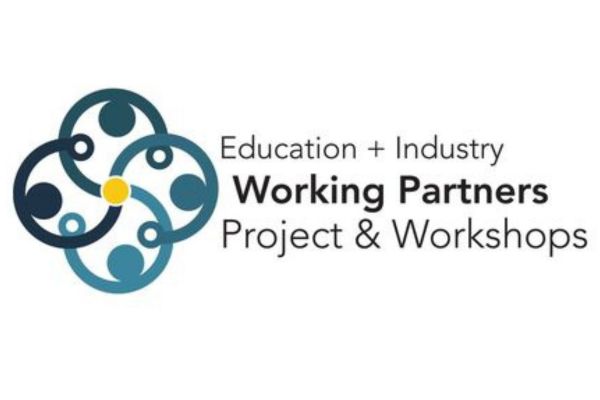
Productive education-industry relationships – guided by thoughtful and clearly defined goals – are crucial to the work of graduating right-skilled workers for clean energy jobs. Established industry partnership models – for which resources and best practices are available – provide a terrific framework for 1) refining and deepening our understanding of our goals, and 2) broadening the range of meaningful opportunities you offer for industry involvement. Mary Slowinski and Rachael Bower, of Working Partners Project & Workshops, will lead this interactive session which will include a brief discussion about goal definition, an overview of predominant partnership models used by the ATE community, and hands-on practice with identifying types of industry involvement suited for specific goals. Resources describing best practices used for partnerships across the ATE community will also be provided.
OUTCOMES
Attendees will gain awareness and understanding of:
PRESENTERS
Mary Slowinski and Rachael Bower begin their work in this area with the Working Partners Project, a targeted research project that looked into industry/education partnership practices across the NSF-ATE community, and produced resources and findings such as the industry partnership models, best practices, and tools for assessing these relationships. The Working Partners Workshops, led by the same team, are informed by this research, and provide support, time and resources for educators seeking to develop and sustain successful industry relationships. Mary has also been involved with CREATE in a variety of capacities over the years, and was delighted to serve as instructional lead for CREATE’s three international study tours.
Sign up for the CREATE Newsletter and stay updated on the latest information in Renewable Energy Education.
Copyright @ 2025 CREATE National Energy Center
This material is based upon work supported by the National Science Foundation under Grant #2201631. Any opinions, findings, and conclusions or recommendations expressed in this material are those of the author(s) and do not necessarily reflect the views of the National ScienceFoundation.